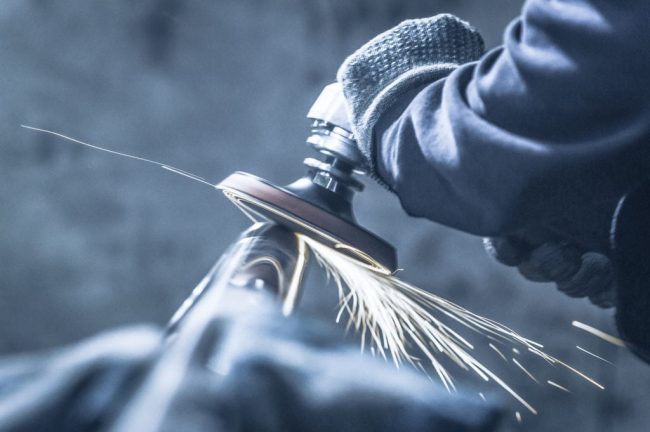Polishing a metal surface improves its appearance, prevents contamination, removes oxidation and creates a reflective surface. It also deters corrosion and increases the material’s durability.
Polishing can be performed on a variety of different materials including aluminum, steel, titanium, brass and silver. Generally, the abrasive agent used depends on the type of metal and its condition.
Safety
Metal polishing is a process that aims to create a bright, shiny finish on metal products. It can also be used to remove rust, discoloration, and other imperfections from stainless steel and aluminum products.
It is an important step in a variety of manufacturing processes, including architectural metal, cookware, kitchenware, and automobile parts. It also improves general repairs and restoration work.
When working with metal, it’s essential to take safety measures to prevent injuries. This includes wearing appropriate personal protective equipment such as dust masks and gloves.
It is also crucial to follow safety precautions during the polishing process. This includes cleaning the work area frequently, using correct tools and chemicals, and maintaining a clean environment. This can help reduce the risk of explosions and other accidents.
Tools
Polishing is a necessary step in many manufacturing processes. It removes oxidation and small valleys that prevent light from reflecting, giving the metal a more radiant shine.
Using power tools like Dremel’s, rotary buffers, and rotary sanders make it so much easier to create a perfect shine for your finished product! There are also sandpaper and buffing attachments that are available for these tools to make the job even easier.
These are a great investment for any jewelry maker. They can be used for sanding, engraving and texturing silver and other metals.
The process of polishing a metal to a mirror finish is very similar from one metal to another. Generally, you start with a coarse sandpaper and then work your way up to finer paper.
Chemicals
When polishing metal, a variety of chemicals are used. These include solvents, acids, and various abrasives.
When using these chemicals, workers should follow safety precautions such as wearing gloves, safety goggles, face shields, and barrier creams. They should also use personal protective equipment such as earplugs or earmuffs to protect their ears and eyes from exposure to chemicals or metal dust.
These chemicals may be flammable or hazardous. They should be stored in well-ventilated areas and away from smoking or sources of flame.
Chemical baths used for the chemical polishing of German silver, copper, brass, nickel, and Monel contain up to about 10 per cent by volume of nitric acid, acetic acid, and phosphoric acid. These acid concentrations lie within an area defined approximately by the solid lines AB, BC, CD, DE, EF, FG, and GA in the accompanying diagram.
Environment
Metal polishing involves using a variety of materials to remove defects from metal surfaces. This can range from simple abrasives that polish a surface to restorative products that are used to remove corrosion.
Many metal finishing chemicals release toxic fumes into the air that can affect employees’ health. These pollutants include chlorinated hydrocarbons, caustic mists, cyanides, and volatile organic compounds.
PFAS, a group of man-made chemicals that includes PFOA and PFOS, is also known to cause adverse health effects. This has led to new regulations that may limit the use of these chemicals within the metal finishing industry.
While many chemicals released by metal finishing processes can be hazardous, a few can be considered safe to use as long as proper work procedures and personal protective equipment are followed. Water-based refinishing chemicals are especially safe to use because they reduce the likelihood of fire hazards and other adverse health outcomes.

